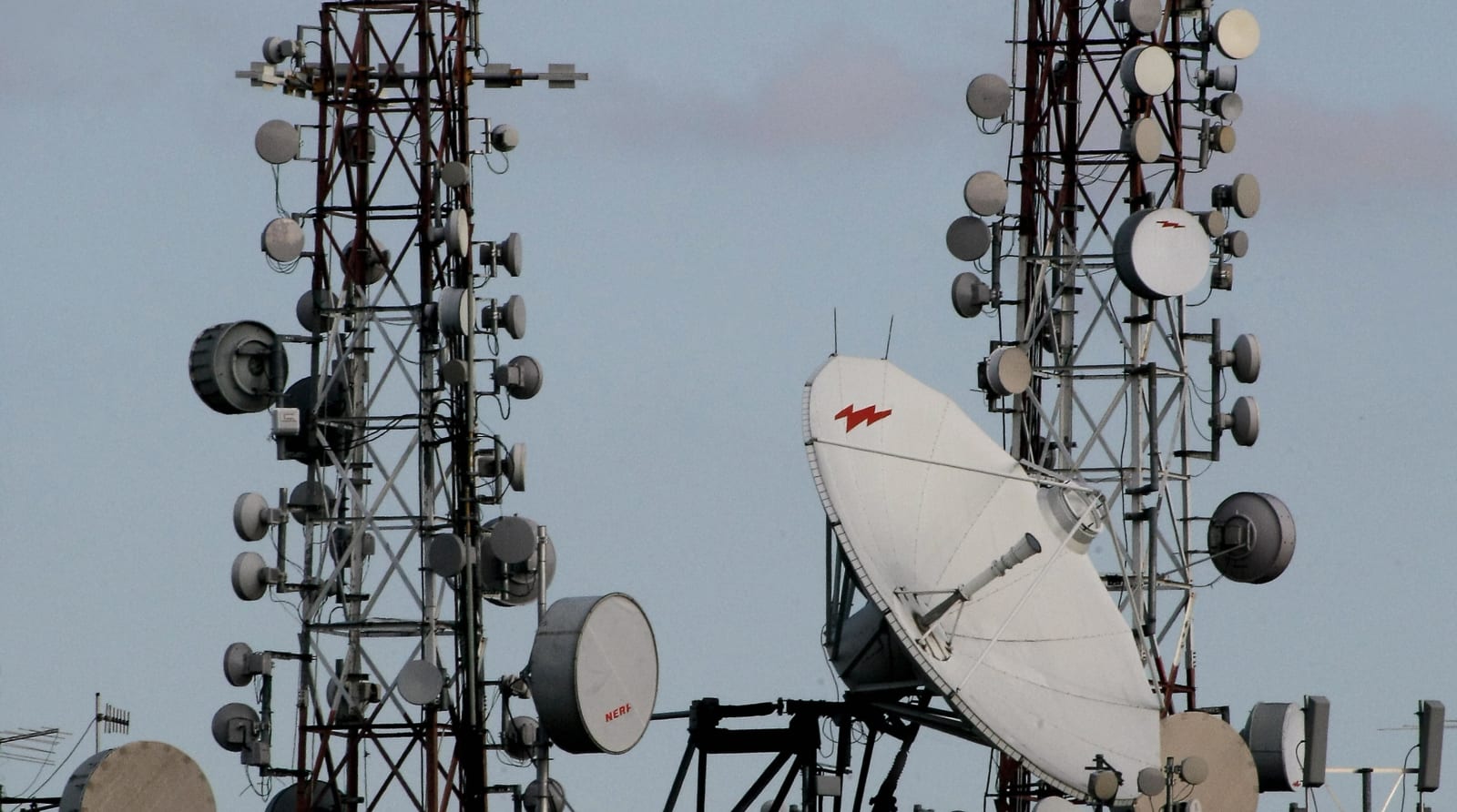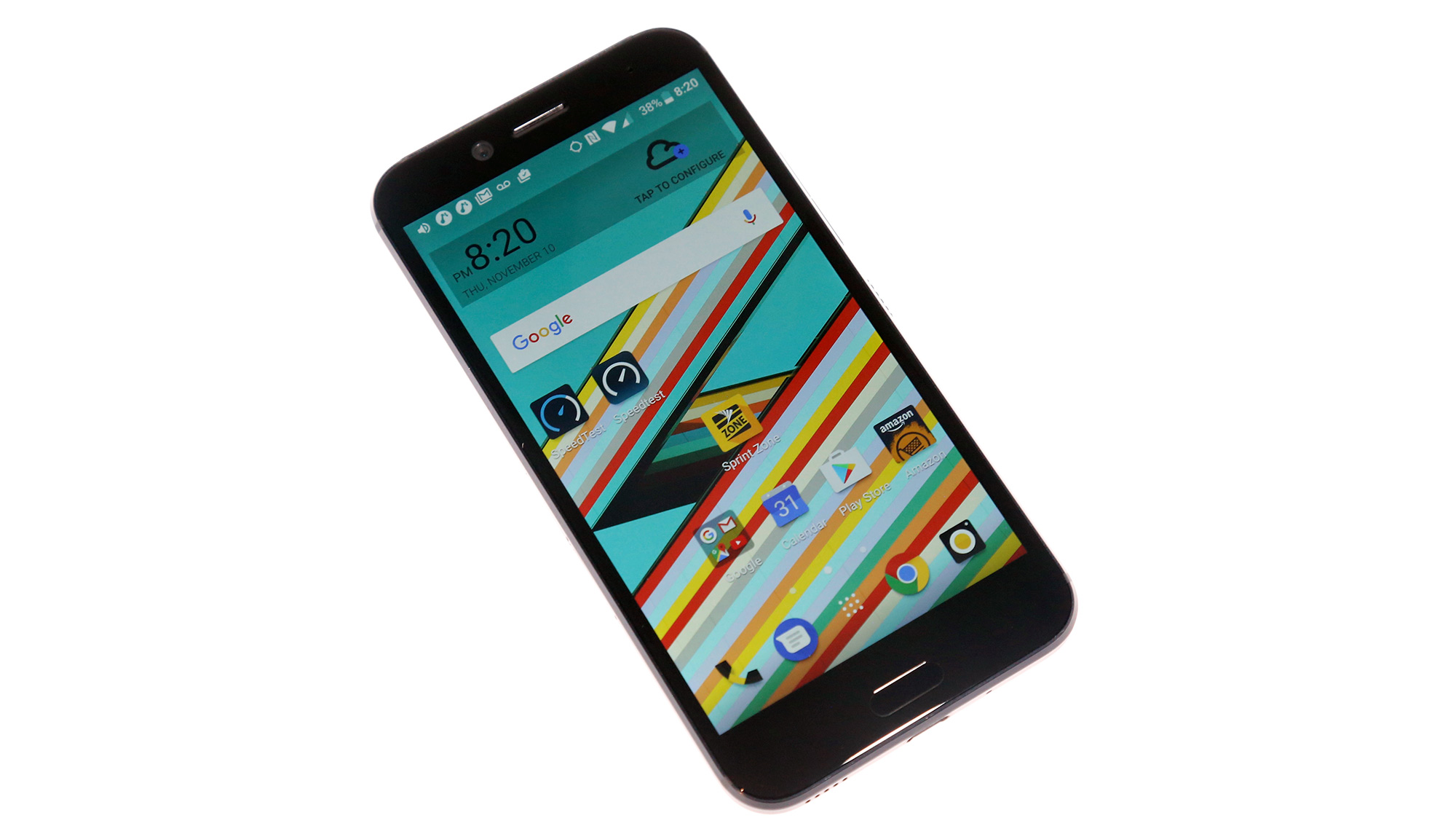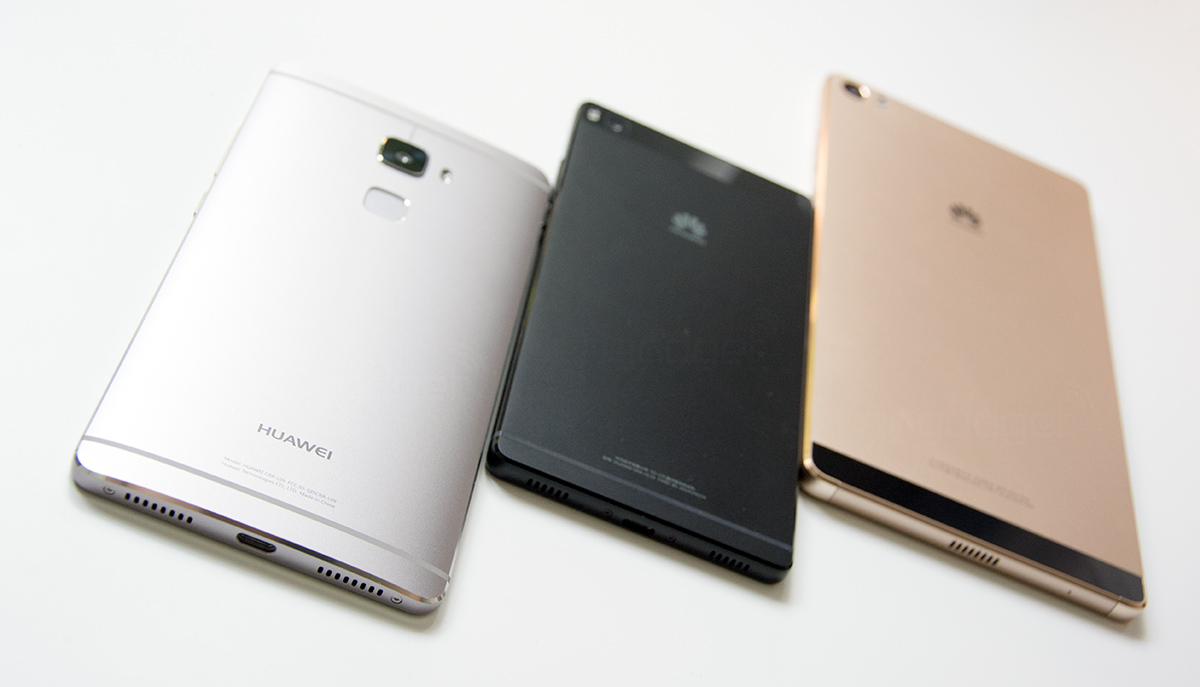
It was only about four months ago when CSL, Telstra's part-owned operator behind Hong Kong's one2Free and 1010 networks, showed off its 150Mbps LTE Cat 4 upgrade; but why stop there? Today, the same company gave us a glimpse of its upcoming 300Mbps LTE Advanced service, which is enabled by aggregating its 20MHz carriers at both its 1,800MHz and 2,600MHz LTE bands.
"The announcements in Korea and the announcements in Australia around LTE Advanced... the theoretical speed that they're delivering is 150Mbps. What we're talking about today is LTE-A300," said Phil Mottram, CEO of CSL. "It's definitely a first for Hong Kong, and it's potentially a world-first in terms of being able to deliver these theoretical, maximum download speeds at 300Mbps." %Gallery-slideshow83577%
Filed under: Wireless, Mobile
Comments
 If you're in the market for the Galaxy S9 next year, it could have a modem that's faster than your home fiber connection. Samsung has unveiled a co-called 6CA (carrier aggregation) modem that can handle download speeds as high as 1.2 Gbps, fast enoug...
If you're in the market for the Galaxy S9 next year, it could have a modem that's faster than your home fiber connection. Samsung has unveiled a co-called 6CA (carrier aggregation) modem that can handle download speeds as high as 1.2 Gbps, fast enoug...
 If you're in the market for the Galaxy S9 next year, it could have a modem that's faster than your home fiber connection. Samsung has unveiled a co-called 6CA (carrier aggregation) modem that can handle download speeds as high as 1.2 Gbps, fast enoug...
If you're in the market for the Galaxy S9 next year, it could have a modem that's faster than your home fiber connection. Samsung has unveiled a co-called 6CA (carrier aggregation) modem that can handle download speeds as high as 1.2 Gbps, fast enoug...
 No one would fault you if you thought HTC was done making high-end smartphones for the year. It wasn't perfect, but the HTC 10 was a highly respectable piece of kit. And HTC's design and production fingerprints can be found all over both of Google's...
No one would fault you if you thought HTC was done making high-end smartphones for the year. It wasn't perfect, but the HTC 10 was a highly respectable piece of kit. And HTC's design and production fingerprints can be found all over both of Google's...
 Huawei is now Europe's second largest Android brand, according to Kantar, but there's just no time for celebration. Not too long after launching the Huawei Mate S and the Nexus 6P, the Chinese telecom giant is already teasing the launch of the Mate...
Huawei is now Europe's second largest Android brand, according to Kantar, but there's just no time for celebration. Not too long after launching the Huawei Mate S and the Nexus 6P, the Chinese telecom giant is already teasing the launch of the Mate...

